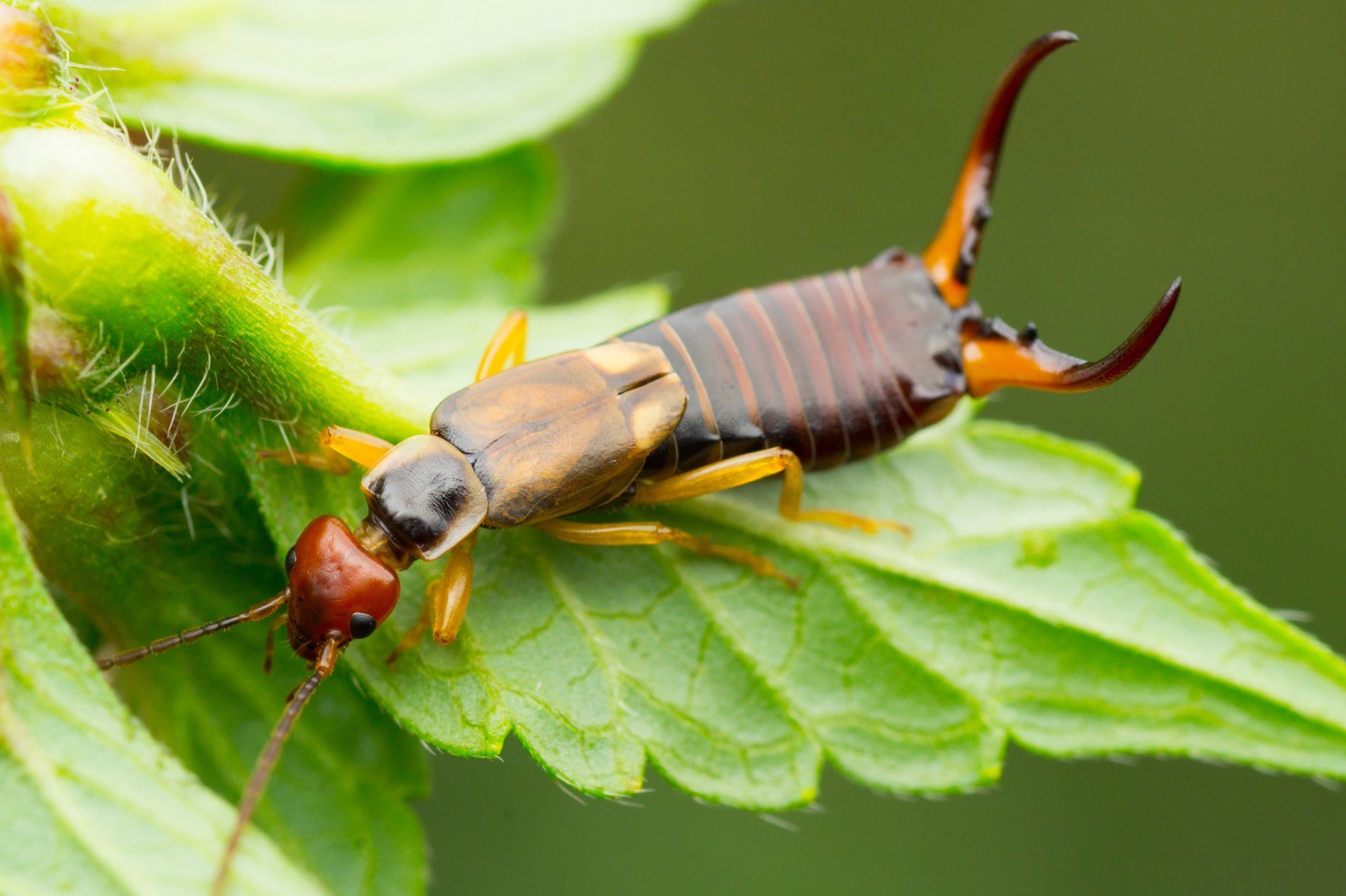Earwig Pest Control & Exterminators
What Are Earwigs?
Steps You Can Take To Prevent Earwig Infestations
Immediate Earwig Control
Earwig Treatment Options
Inspection
Each service will require an inspection to find the problematic areas that need treatment. This helps our technicians determine the severity of the problem so we can accurately assess what needs to be done to control the earwig populations.
Local Spot Treatment
For smaller earwig problems, local spot treatment will target where earwigs are active and use a residual pesticide that will kill earwigs once they infect themselves with the poison.
Exterior Pesticide Application
To prevent access into the interior of a home, an exterior application should be applied. This creates a barrier of residual pesticides along the perimeter of the home or business that ensures that the earwigs die after contact.
Trapping
Glue traps can be left out to help catch earwigs, but this treatment strategy alone won’t be effective. It can be a great way to tell where earwigs are active so strategically placing them around harborage points will help identify high activity.
Exclusion
Exclusion practices are beneficial when earwigs are gaining access into your home via visible access points. Sealing cracks and crevices can greatly reduce access points to earwigs and other bugs.
Earwig Appearance & Behavior
Earwig Diet & Damages
Earwig Prevention
Even though earwigs prefer humid and moist areas to live and breed, they will often find their way into it if it provides shelter from unfriendly conditions. When it is hot outside, earwigs will scramble to find cool dark areas to hide. If you have ever lifted a potted plant, there are usually several that can be found hiding under the bottom of the pot. This is because this space is dark, cool, and likely a little damp from regular watering. Earwig prevention starts with addressing those harborage points that are found outside. By keeping areas clear of debris and organic refuse, you can prevent earwigs from congregating. This includes clearing mulch and leaves from your yard. It also helps to ensure that exclusion strategies are implemented so access points are sealed to prevent earwigs from finding access inside. This combined with an exterior perimeter spray.
Contact Griffin Pest Management
If you have seen signs of earwigs in your yard or in your home, it is critical to get a licensed pest control expert out to help stop earwig populations from getting out of hand. They reproduce quickly and can overtake a well-watered garden quickly. They will also make their way inside without the correct preventative measures.
Quick Facts About Earwigs
Habits
Earwigs feed on plants and decaying plant matter.
Habitat
Earwigs usually hide in dark, warm places during the day.
Threats
Earwigs live in large numbers in mulch piles. These pests can destroy gardens and vegetation around the property.
Prevention
Reducing or eliminating areas of moisture near your home by weeding plant beds and removing woodpiles can prevent earwig infestations.



